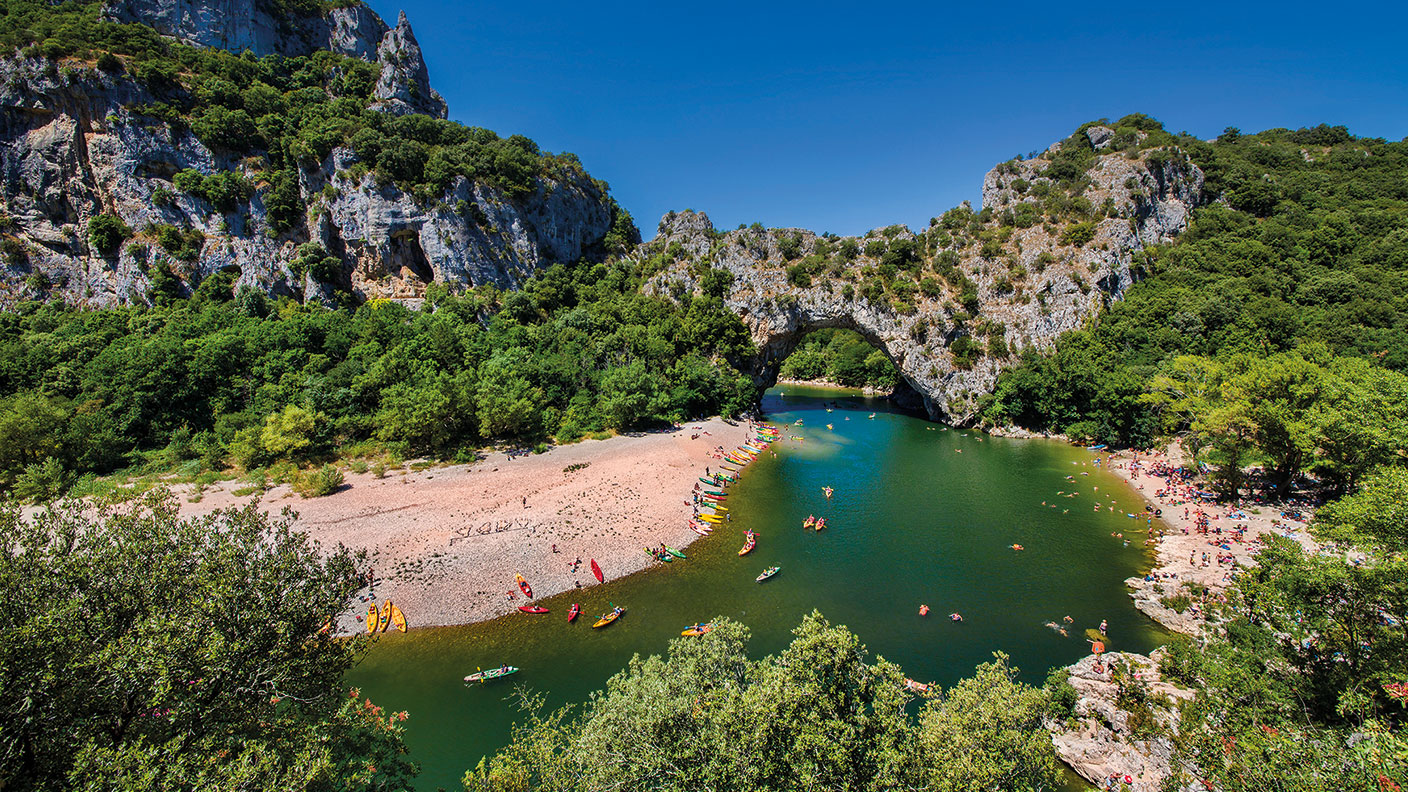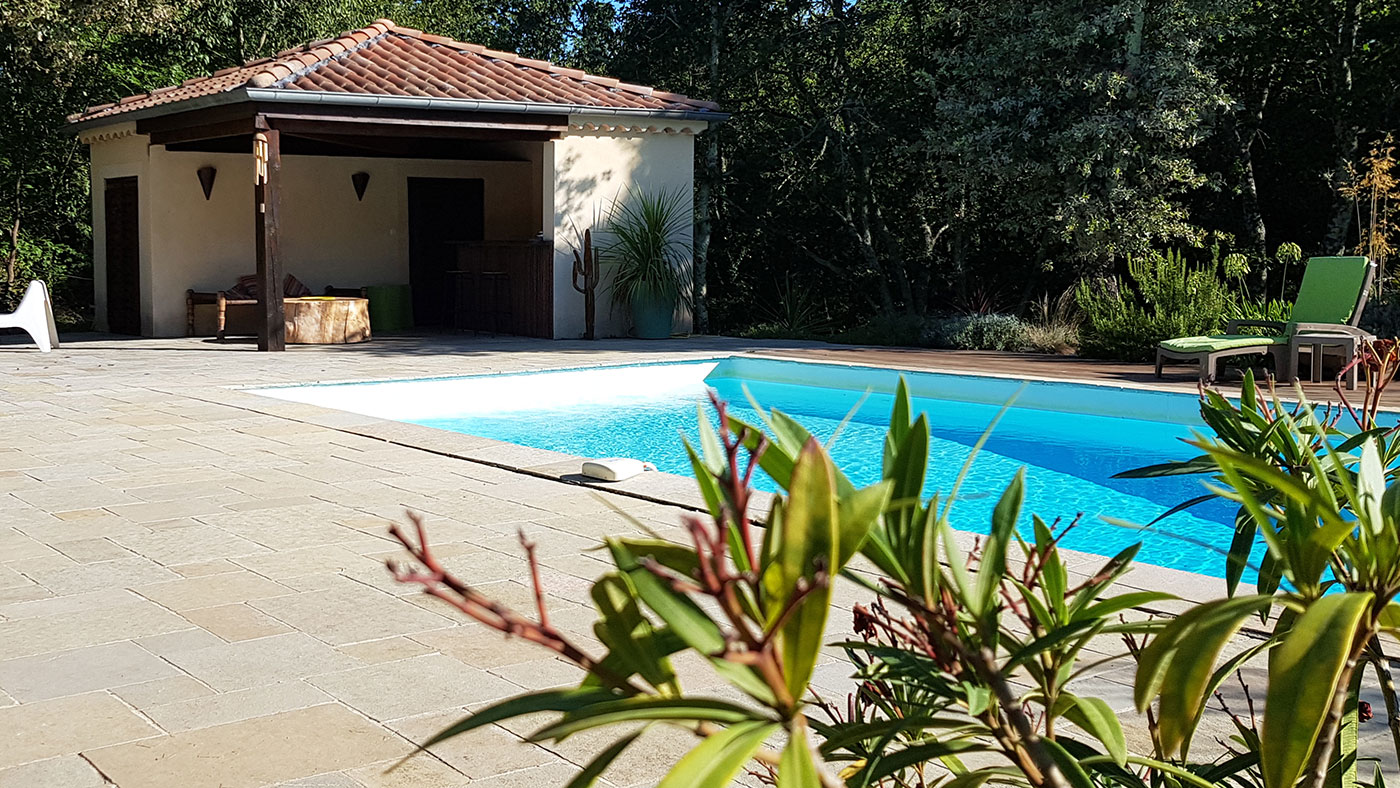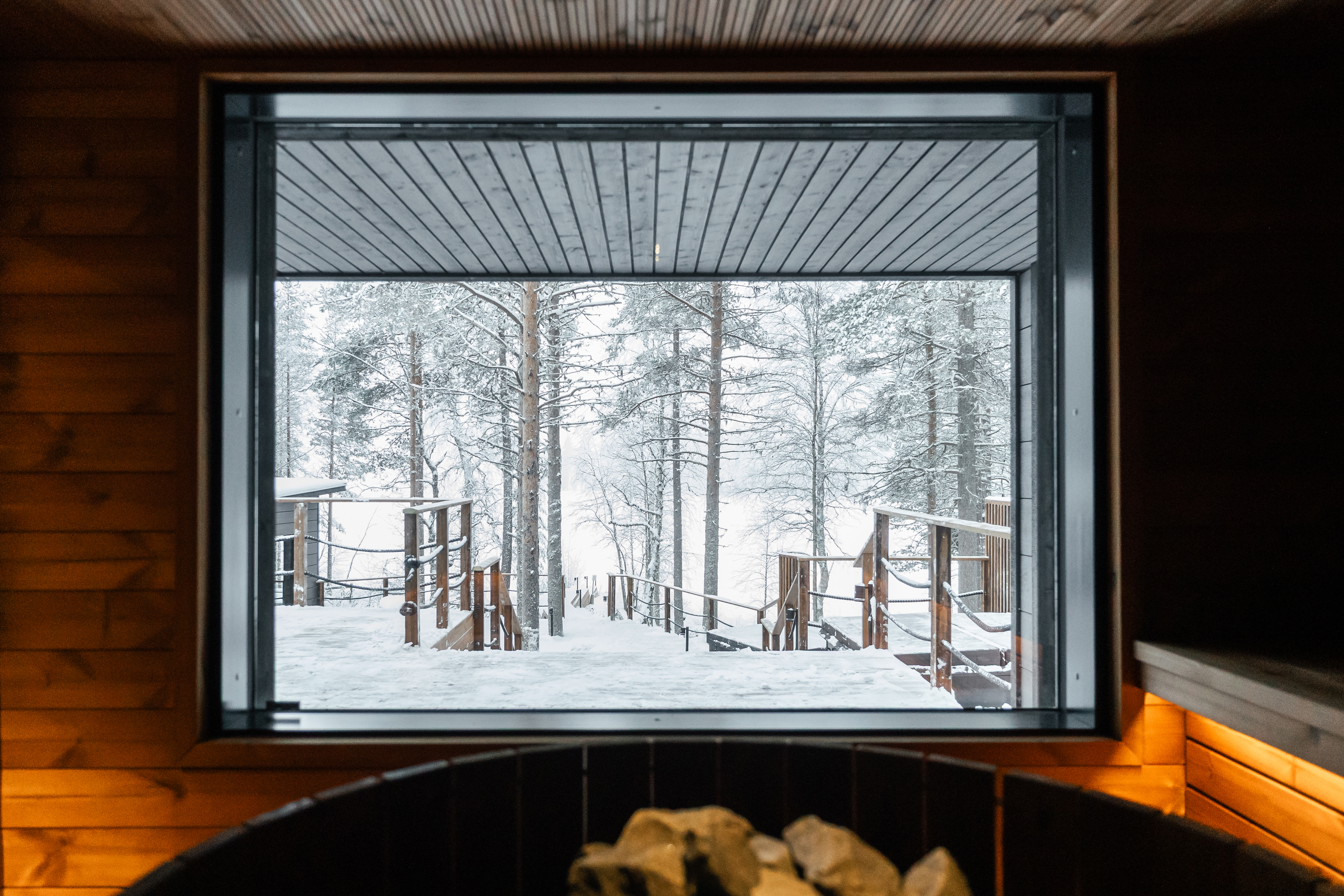Travel: the lost world of the Ardèche
Most travellers from Britain pass this corner of the south of France by. That’s a mistake, says Chris Carter


Ask any pub-quiz champion which is the longest river in France and they will tell you it is the mighty Loire. But they may be stumped if asked to tell you where it starts. The answer is deep down in the Ardèche. The département in the south of France is off the radar for most Brits, who mostly fly over on their way to the Med or hang a left to go up into the Alps. It is even off the radar for most pilots as the nearest big airport is in Lyon, about an hour away up the motorway (ironic, given that the era of manned flight took off with the Montgolfier brothers’ hot-air balloon at Annonay, right up in the north of the département, in 1783). Even France’s renowned TGV trains don’t stop in the Ardèche; high-speed rail passengers must disembark across the River Rhône in the neighbouring Drôme département. But for all that, the Ardèche wants to be discovered.
From its volcanic cradle at Mont Gerbier de Jonc, the Loire reaches out northwards into the French countryside, before heading west for the ocean. A little further south, in southern Ardèche, explorers find a primeval land of fossils, caves and steep-cut gorges dug out by the River Ardèche over aeons. The river, popular with bathers and kayakers, even burrowed out the magnificent Pont d’Arc natural land bridge in the course of its meanderings. Last month my partner, Aline, a native Ardéchoise, and I scrambled along the craggy trails around the gorges, set against the breathtaking scenery of the cliffs, and through the many rustic villages, such as Balazuc, where time seemingly stands still.

Exquisite art by God and man
The Ardèche keeps its secrets, which is why some of the most spectacular cave paintings in the world were only discovered as recently as December 1994. Not far from the Pont d’Arc is the Chauvet Cave, where 36,000 years ago a paleolithic people daubed the walls with images of lions, bears and bison. Even the rhinoceros, not an animal usually associated with France, makes an appearance, alongside the many earthen-red hand prints of its early creators. The caves are much too fragile to visit now. But in 2015, carbon copies of the cave, called Grotte Chauvet 2, were opened to the public and are well worth exploring.
MoneyWeek
Subscribe to MoneyWeek today and get your first six magazine issues absolutely FREE

Sign up to Money Morning
Don't miss the latest investment and personal finances news, market analysis, plus money-saving tips with our free twice-daily newsletter
Don't miss the latest investment and personal finances news, market analysis, plus money-saving tips with our free twice-daily newsletter
The steady drip, drip, dripping of water through the region’s porous limestone over millions of years hollowed out many spectacular caves. The natural caverns of Aven d’Orgnac, in the far south of the département, offer some of the best examples of art, not created by the hand of man this time, but sculpted by nature. Those mineral-laden water drops produced over a hundred million years stalactites and stalagmites shaped like petrified ornate water fountains frozen into exquisite sculptures. Gaudí has nothing on the rock sculptures of Aven d’Orgnac.
Our guide, Martina, led us 121 metres down into the belly of the Earth for the obligatory son et lumière show – this still being France after all, even at such a depth. In time with the music, each stunning, colourful rock feature glowed under the lights before fading back into the darkness. Back on the surface, it is bright sunshine in September, and very often well into October and November.
Southern Ardèche is well known, mostly to the Dutch, Belgians and Germans, for its campsites, with superb facilities (again, this being France). Huttopia South Ardèche Village, for example, located close to the Vallon Pont d’Arc and the River Ardèche, has a range of wood cabins and tents for rent. For those who can’t decide, Huttopia even offers a composite of the two, which it calls a “Cahutte”, to combine “the comfort of a wood cabin with the experience of sleeping in a canvas tent”. The “glamping” site is currently closed for the winter and reopens in April. When it does, there’s little chance of campers feeling the chill of an early spring evening. The wood cabins, plus the “Cahutte”, come with fully equipped kitchens and wood-burning stoves. There is even a spa.

Embracing nature
Alternatively, you can rent one of the many villas and gîtes in southern Ardèche, as well as in the Gard département, to the south of Ardèche and abutting the Mediterranean. Ours, the villa Montréal (£312 a night on average, vrbo.com), located just outside of the village of the same name, came with a private pool, outdoor bar, terrace with barbecue, and three comfortable bedrooms, situated in ample gardens. Perhaps the most interesting feature of the house was that the living room had been built not just on the rock but also encompassing it, so it acts as a kind of natural air-conditioning system, helping to keep the house cool in the hot summer months. Living with and embracing nature, that is the mode de vie in the Ardèche
Get the latest financial news, insights and expert analysis from our award-winning MoneyWeek team, to help you understand what really matters when it comes to your finances.

-
 The graphene revolution is progressing slowly but surely
The graphene revolution is progressing slowly but surelyEnthusiasts thought the discovery that graphene, a form of carbon, could be extracted from graphite would change the world. They might've been early, not wrong.
-
 How Javier Milei led an economic revolution in Argentina
How Javier Milei led an economic revolution in ArgentinaFollowing several setbacks, Argentine president Javier Milei's pro-market reforms have been widely endorsed in a national poll. Britain will need the same
-
 How to profit from the UK leisure sector in 2026
How to profit from the UK leisure sector in 2026The UK leisure sector had a straitened few years but now have cash in the bank and are ready to splurge. The sector is best placed to profit
-
 The best luxury saunas, spas and icy plunges
The best luxury saunas, spas and icy plungesRestore your mind and body with luxury fire and ice experiences, from warming saunas to icy plunges
-
 8 of the best properties for sale with indoor gyms
8 of the best properties for sale with indoor gymsThe best properties for sale with indoor gyms – from a four-storey mews house in London’s Knightsbridge, to a 1920s Arts & Crafts house in Melbury Abbas, Dorset
-
 8 of the best houses for sale with beautiful fireplaces
8 of the best houses for sale with beautiful fireplacesThe best houses for sale with beautiful fireplaces – from a 15th-century cottage in Kent to a 17th-century palazzo in Oxfordshire
-
 The top last-minute Christmas gifts
The top last-minute Christmas giftsIt’s not too late to give the perfect present this festive season – we round up a selection of last-minute Christmas gifts worth giving
-
 Lights, camera, action: Where to see the Northern Lights
Lights, camera, action: Where to see the Northern LightsThe Northern Lights are the most spectacular they’ve been in years. Here’s where to see them
-
 8 of the best ski chalets for sale now
8 of the best ski chalets for sale nowThe best ski chalets on the market – from a traditional Alpine-style chalet in Switzerland to an award-winning Modernist building in Japan’s exclusive ski areas
-
 The best Christmas gifts for your loved ones
The best Christmas gifts for your loved onesWe round up the best Christmas gifts with a touch of luxury to delight, surprise and amaze family and friends this festive season